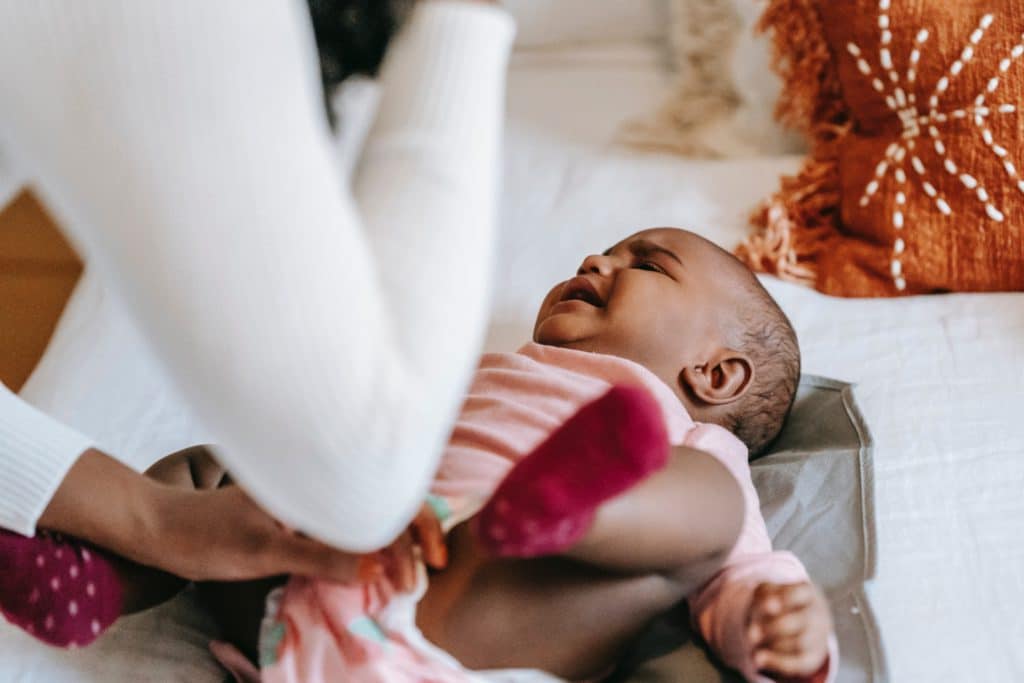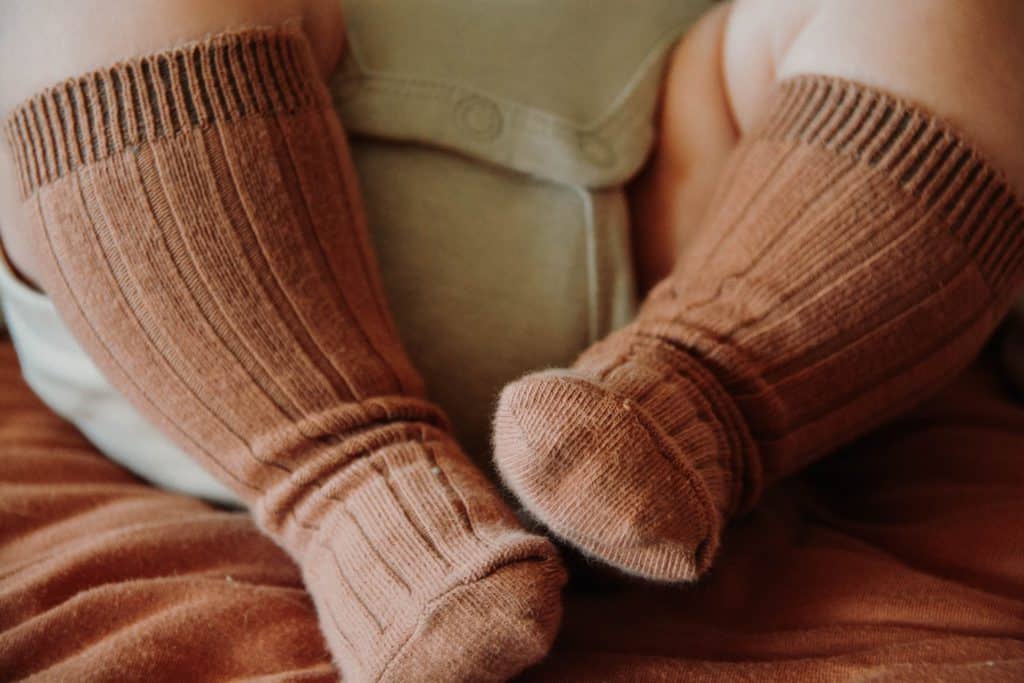All you want to do when your priceless baby develops a fever is provide them with as much ease and comfort as you can. This is relatively easier to do during the day since you can monitor their temperature while watching out for any change in behavior.
However, monitoring your baby’s temperature and keeping them comfortable throughout the night is more difficult due to possible fluctuations.

If it is nighttime and you notice that your baby feels warmer than usual, you are likely to have many questions. What is considered a fever in babies? How should you dress a feverish baby? When should you be worried?
We understand your worry and have compiled helpful information to help you manage your baby with a fever at night.
What Is Considered a Fever in Babies?
The most accurate way to confirm if your baby really has a fever is by measuring the temperature with a thermometer and not just using your hand.

Your baby is said to have a fever when you get a temperature greater than 100.4°F (38°C) with a rectal thermometer or 99°F (37.22°C) with an armpit thermometer.
How To Dress A Baby With Fever At Night
Newborns typically sleep better when their temperatures are not too warm or cold. Thus, it is important to dress them in lightweight clothes if they have a fever. You can choose either a breathable cotton pajamas or a sleep slack with simply a diaper underneath.
While it may seem that wrapping a child in blankets will help them recuperate, in reality doing so can actually worsen their condition by raising their body temperature. It is advisable to not wrap them up with swaddling blankets or beanies to prevent suffocation or overheating.
Rather, concentrate on keeping their room as close to room temperature as possible. If the weather is a bit chilly and you must cover up your baby, you may use a lightweight cotton blanket, making sure to not cover their head or face.
What About Wet Socks?
A baby with a fever may benefit from having socks on since they can help avoid chills. Many parents choose to use damp socks or wet towels in the hopes that it may help to lower their child’s temperature.

If you decide to apply a wet towel, be sure that it is not too cold as this may cause your baby to have a shiver. Aim for using towels or socks that have been dipped in lukewarm water so that they are neither too hot nor cold. This may not immediately lower your baby’s temperature, but it could help make your little one more comfortable.
How To Reduce Fever in Baby Naturally
Aside from dressing your baby comfortably, you may want to try the following simple methods to reduce your child’s fever:
Give Them a Bath
A lukewarm bath may help make your baby feel more comfortable or even reduce the fever. However, ensure that the water is not too hot or too cold as this could cause your baby to shiver.
If you notice this happening, stop the bath immediately and dress your baby in lightweight cotton clothing.
Provide Plenty of Fluids
It is important to make sure your baby is getting enough water, especially when they have a fever. This could be through lots of breastmilk if you are still breastfeeding or by giving your baby plenty of water or fruit juice if they eating solids.

Keeping your baby properly hydrated when they have a fever could go a long way in bringing their body temperature down.
Keep Your Baby at Home
The last place your baby needs to be when they have a fever is outside. All your little one needs right now is to stay at home, get enough rest, and recuperate.
Additionally, your baby could be contagious and make other children sick, so it is best to keep them at home until they are hale and hearty.
Take Home Message
We understand that it can be frightening when your little baby has a fever or is sick at all. The good news is that fevers in babies are primarily harmless and may be easily controlled at home.
The key is to keep your baby comfortable at night through lukewarm baths, lightweight clothing, and proper rest. By doing this you may be able to successfully manage your baby’s fever at home.

